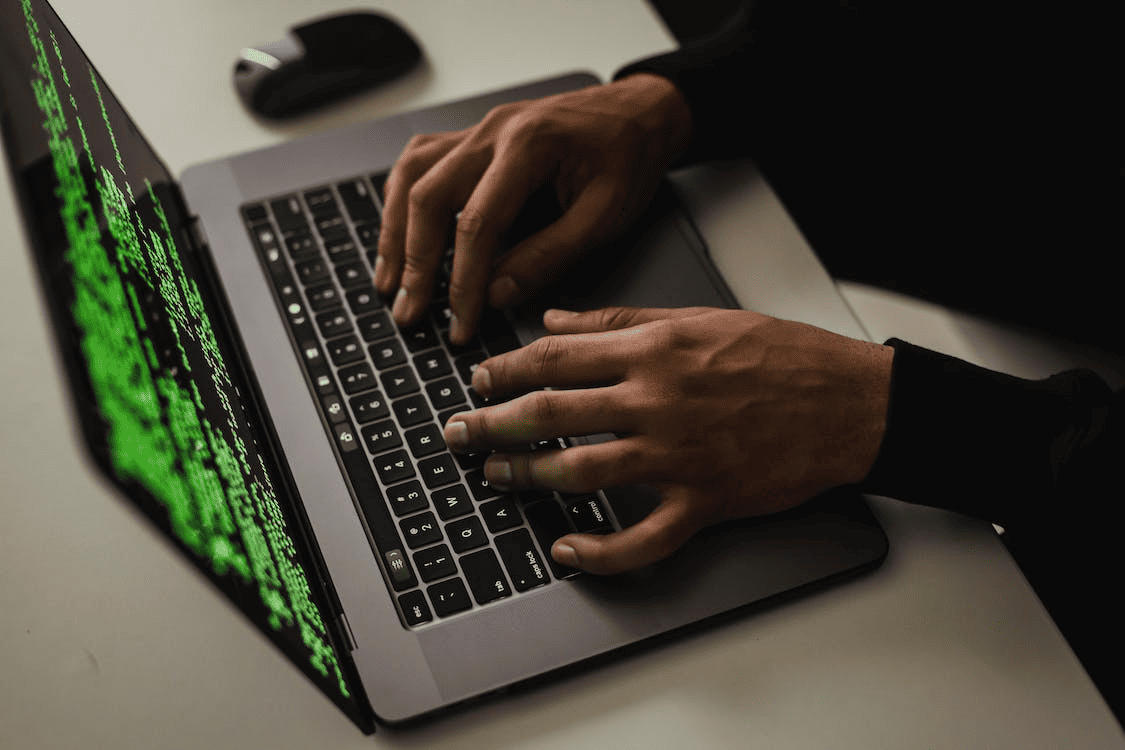Intellectual property theft causes significant harm to businesses and individuals alike. Whether it’s associated with counterfeiting products, stealing trade secrets, or pirating copyright content, intellectual property theft often leads to financial losses, legal liability, and reputational damage.
However, digital forensic experts investigate and prevent intellectual property theft. This guide will explore how people can be protected from this serious crime.
Intellectual Property Theft – A Brief Overview
Intellectual property theft involves the unauthorized use, distribution, or copying of an individual’s intellectual property, such as trade secrets, copyrights, patents, and trademarks. It’s one of the most important factors that help a business gain an edge against its competitors in the market.
This crime takes place in several ways, like misappropriating trade secrets, hacking into computer systems, and stealing physical documents. Moreover, intellectual property theft can occur by using online platforms, including file-sharing sites or social media.
If a competing organization imitates a business design too closely or takes possession of its intellectual property, the damage caused can be tremendous. Intellectual property theft usually occurs when an employee leaves a company to partner with a rival or set up their own business.
How Digital Forensics and IP Theft are linked
Since digital assets are virtual, the process of IP theft is simplified to a great extent. As a result, the investigation process is likely to be more complicated. Analysis of the crime is difficult to understand when it comes to standard criminal investigation procedures. So all gathered evidence and materials must be shared with digital forensic consultants.
A forensic analyst will determine whether these materials are relevant to the case (have probative value). Digital forensics is an effective method for intellectual property theft investigations.
Preservation in Intellectual Property Theft Investigations.
Like any other crime scene, preservation is a crucial consideration in intellectual property theft investigations. This means that everything stays as it was during and after the crime was conducted. Access to all devices must be immediately stopped and blocked as soon as a particular activity is suspected.
Professional analysts should then categorize and gather data systematically to determine whether a crime occurred. If anyone without an experience in digital forensics attempts to access this digital evidence, the key materials are likely to be destroyed or damaged.
Furthermore, intruders without proper credentials can also contaminate the evidence, leading to lost lawsuits, failure to return the intellectual property to its rightful owners, and halted investigations.

Digital Forensic Practices
Handling data carefully is critical in intellectual property theft investigations. The Scientific Working Group on Digital Evidence (SWGDE) and the NIJ (National Institute of Justice) developed and released certain standards, including details on how digital evidence should be handled. The following practices should be implemented when handling digital evidence.
- Labeling: The first step is to label everything and enlist people who collected the material and locations where the data is stored. Digital forensic consultantswill ensure that everything is dated and timestamped.
- Verifying competence: Competence in digital forensics is essential for anyone to work on digital evidence. Intellectual property comprises sensitive data that is only accessible to professional and knowledgeable parties.
- Custody: to obtain, retain, and move the digital evidence, the forensic expert will create a chain of custody.
- Assigning responsibilities: Anyone possessing digital evidence is completely accountable for it.
- Caring for the evidence: Whether the forensic expert is dealing with physical or digital evidence, they will diligently follow all protocols and take precautions to protect it. For instance, if a device gets wet or fails due to other reasons, the case outlook will be compromised.
- Restricting access: Professional analysts will implement robust access controls to protect the storage and even monitor the access of authorized individuals.
- Turning off devices: It’s typically inappropriate for digital forensic expertsto check a device’s temporary memory and turn it off. But shutting it down is crucial and advisable only if it’s destroying the evidence by reformatting the disk.
Evaluating an Intellectual Property Theft Digital Forensics Report
Though every case of intellectual property theft and its investigation is different, here’s a general procedure carried out by forensic experts to understand and utilize the documented findings.
Assessing Data Collection
When evaluating a digital forensics report, focus on its collection method. For example, data can either be collected by live acquisition or by copying a hard drive using a bit-by-bit image. Copying the hard drive is a more reliable tactic because of fewer moving variables. This means a lower risk of problems if the acquisition method is customized and fits the case. Another key concern is the digital image format.
Checking the Report
The experts will check the report and its granularity for replication. The report essentially provides details on the procedure’s steps while ensuring that the forensic images are also accessible to additional specialists. Reports often comprise digital images for backup that can also be replicated. But if these images are missing, such reports should be given little credence and viewed only in extraordinary circumstances.
Look for a Standard Report Structure
Forensic reports typically begin with short summaries and enlist investigative tools, discussing preconceptions about them and how they function. Then the report reviews the first article of evidence, for instance, a laptop that belongs to an employee. Once the device is found, the evidence found on it is summarized while analyzing the relevant areas of the device. This includes internet search history, email history, and USB registry.
The report then details any subsequent accounts and devices. At the end of the report, the forensic expert provides recommendations regarding the next steps that should be taken and whether the investigation should be continued or not.

Verification of Tools
The report states all the tools utilized during the investigation and the professional’s assumption in terms of these tools. The report viewer is provided basic information because any preconceptions can influence the investigation process. Forensic tools help back up some conclusions within a report, so it’s important to understand how they work.
Proving Intellectual Property Theft
Digital forensics data access through mobile apps, digital devices, and social media platforms is critical in criminal cases and their investigations. Data drawn from electronic settings are diverse but may also include date, time, and location. Developing a basic understanding of how digital forensics work in courtroom scenarios can help you move forward with a better insight into the role of forensics.
Benefits of Digital Forensics in IP Theft Investigations
Digital forensics offers several benefits when it comes to intellectual property investigations. For example, it allows investigators to discover evidence that may be impossible or difficult to find by using traditional investigative tools.
In addition, digital forensics helps investigators explore patterns of an activity or behavior that indicates infringement or intellectual property theft. This enables them to take immediate action before serious damage is caused.
Businesses and individuals can also protect themselves from infringement of theft in the future by using digital forensics. Once weaknesses are detected in your digital security system, you can implement effective steps to strengthen your defenses and prevent intellectual property theft.
Reasons why Intellectual Property Theft Occurs
IP theft is quick and easy to commit and highly profitable for criminals. This type of crime is viewed as a victimless crime by thieves that are least bothered by the damage caused to a business and its reputation or the consequences they may face due to the unauthorized use of data.
Patent trolls are individuals or businesses that don’t have any ideas of their own. Instead, they buy licenses to copy the work of other companies. Though offline violations are investigated through standard methods, online tracking can be very tough. However, by hiring digital forensic experts, the process can be simplified.

Types of IP Theft
The most common type of intellectual property theft is copyright theft which is seen in computer software, recorded music, published materials, and even movies. Trademark theft occurs when an individual uses the name, logo, or symbol of another business. These trademarks are unique to the company’s brand identity.
Patent Theft most often takes place when an individual copies a patented invention without licensing or the owner’s permission.
Protecting IP From Theft
Protecting your intellectual property from theft depends on the type of intellectual property you want to protect because each type is associated with different protection levels according to the law.
To accurately process all resources and yield the best results, you must hire digital forensic experts. Partnering with reliable digital forensics experts is essential to prevent all kinds of cybercrime and heft business losses.
Eclipse Forensics is a reputable digital forensics company based in Florida, where we offer a broad range of forensic services for IP theft analysis, including mobile device forensics, image redaction, and video analysis. Moreover, we have been providing our services since 2005 and have resolved many cases successfully.
We also specialize in cell phone searching, forensic image analysis, video forensics, and more. Get in touch with us today to learn more from our experts. You can also explore our website for more information on our services.

